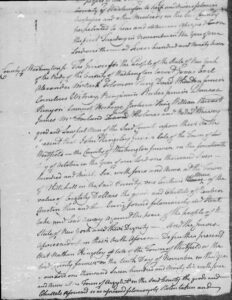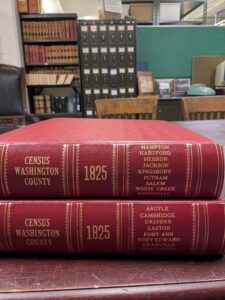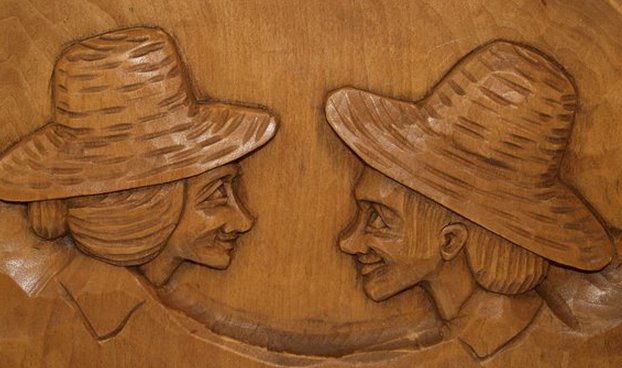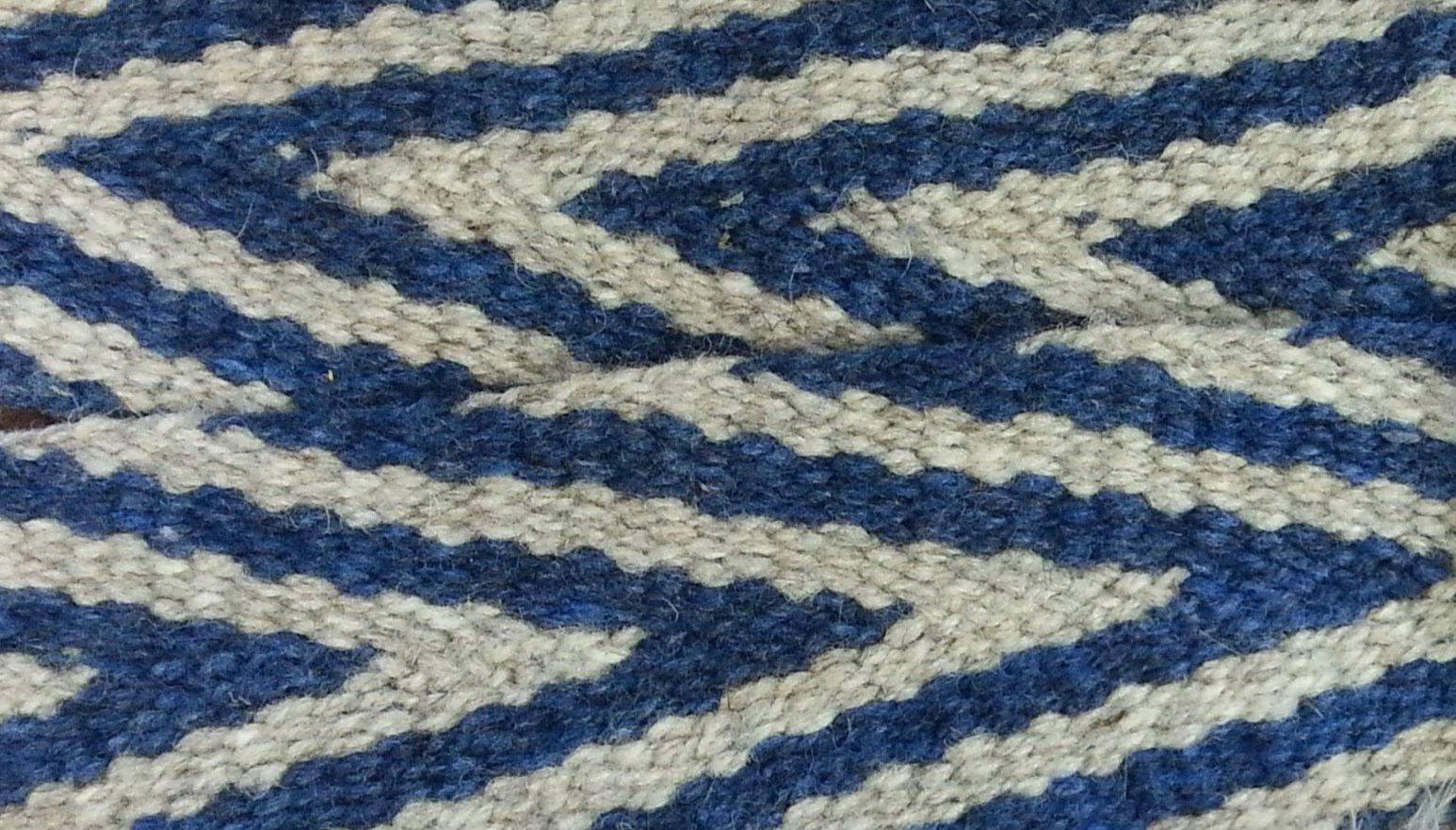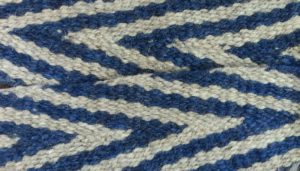FrancoAmerican Gravy here. I’ve been doing more research and hoping to write it up but life gets in the way – or perhaps it is plain procrastination.
Despite my enjoyment researching my Franco-American ancestors and their stories in Quebec and northern New York, I seem to be obsessed with the ‘early’ Kingsley immigrants to Washington County, New York. They were patriots, or brothers of patriots, of the American Revolution. They and many others came to New York in a mass migration between 1785-1800. The Dutch called them locusts. Their sons and daughters moved westward after the passage of the Northwest Ordinance during the administration of George Washington.
- Zephaniah Kingsley was a supervisor of Fort Ann and is mentioned in The History of Washington County several times. He was married in Westfield in 1783 and he remained in Fort Ann through the 1820 census. Sometime after 1820 he migrated to Crawford Pennsylvania.
- Zephaniah’s father is Jeremiah Kingsley (1738-1833), a Rev War veteran as well as French & Indian War vet who was at Fort William Henry. Jeremiah lived in Fort Ann in the 1800 US census. He is buried in Canaan, Columbia county, NY.
- Thaddeus Kingsley was a brother of Zephaniah, and he went to Hartford. I believe he, like his father, he is a Revolutionary War veteran.
- Peleg Kingsley – probably died between 1803-1810 in Whitehall. Burial location unknown.
- Jonathan Kingsley of Granville and Ft Ann, died after the 1840 census in Washington County. Burial location unknown.
- Daniel Kingsley of Granville. migrated to Onondaga County , NY.
- James Kingsley of Fort Ann (1764-1851) migrated to Chautauqua County, NY.
- 1790 John Kingsley of Westfield AND WHITEHALL. He was a tax collector in Fort Ann (see attached image which is a page from the Hx of Washington County, New York). In 1791, he bought land from John Williams and Edw Savage in Whitehall and is identified as John Kingsley Junior of Whitehall.
- 1797 – John Kingsley Junior is stealing horses and appears in court. In another court he appears with Nathan Kingsley (his son?) for stealing a mare from another man. John is identified as “John Kingsley Junior late of Westfield”.
- John Kingsley of Whitehall is in the 1800 US Federal Census; In the same census year, there is John Kingsley (Junior?) in Westfield with Nathan and Thomas in proximity who may be his sons.
